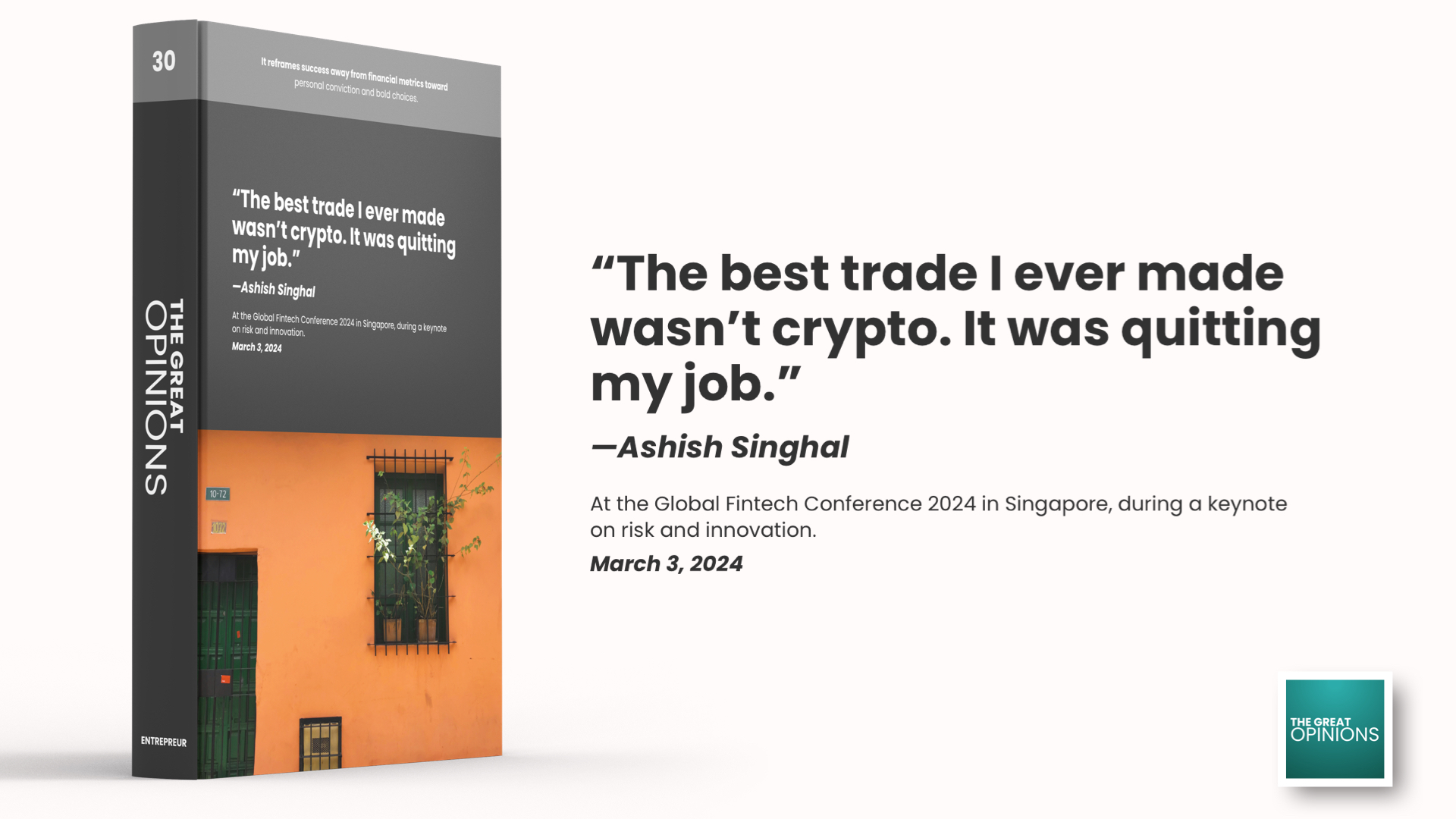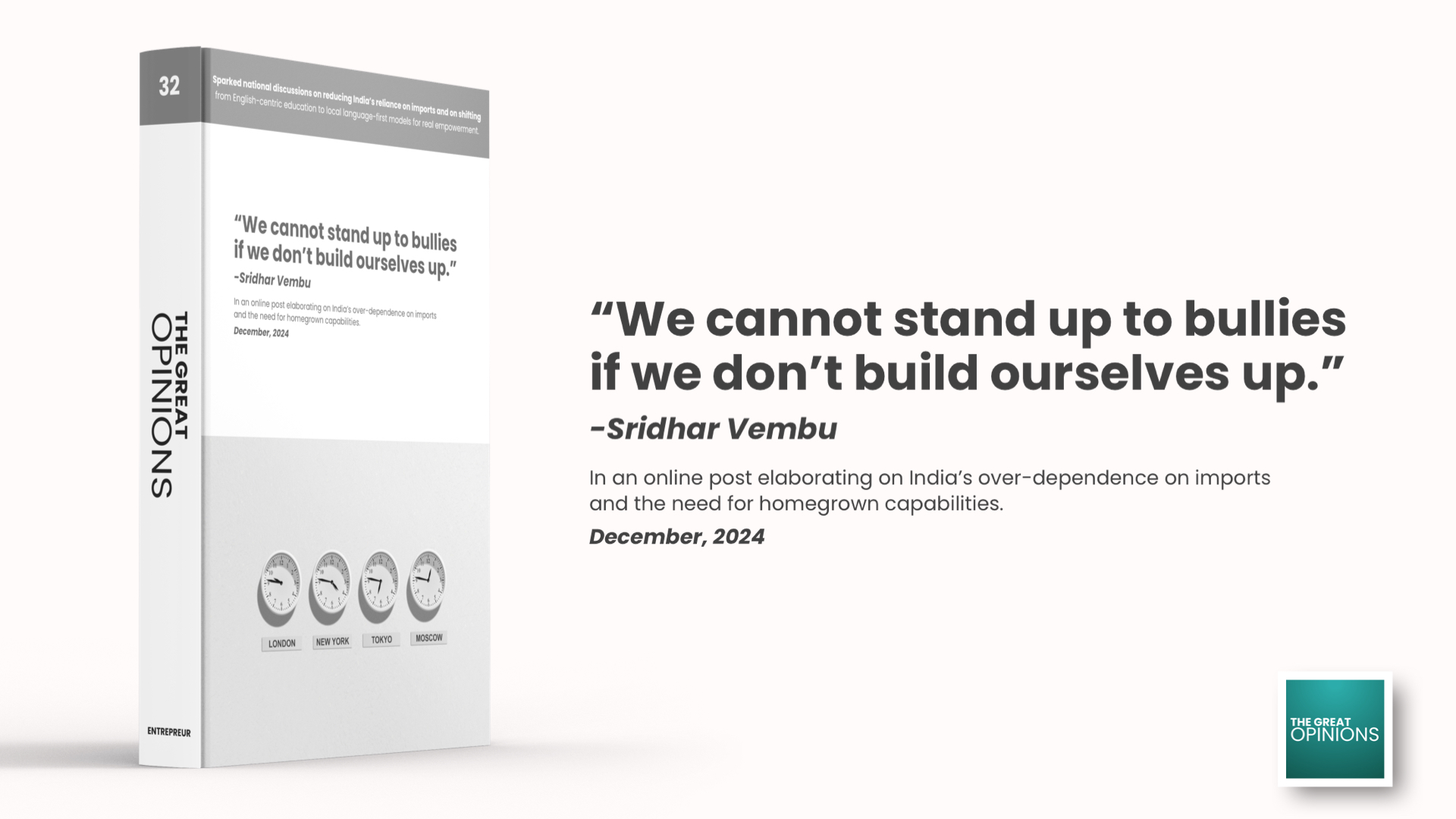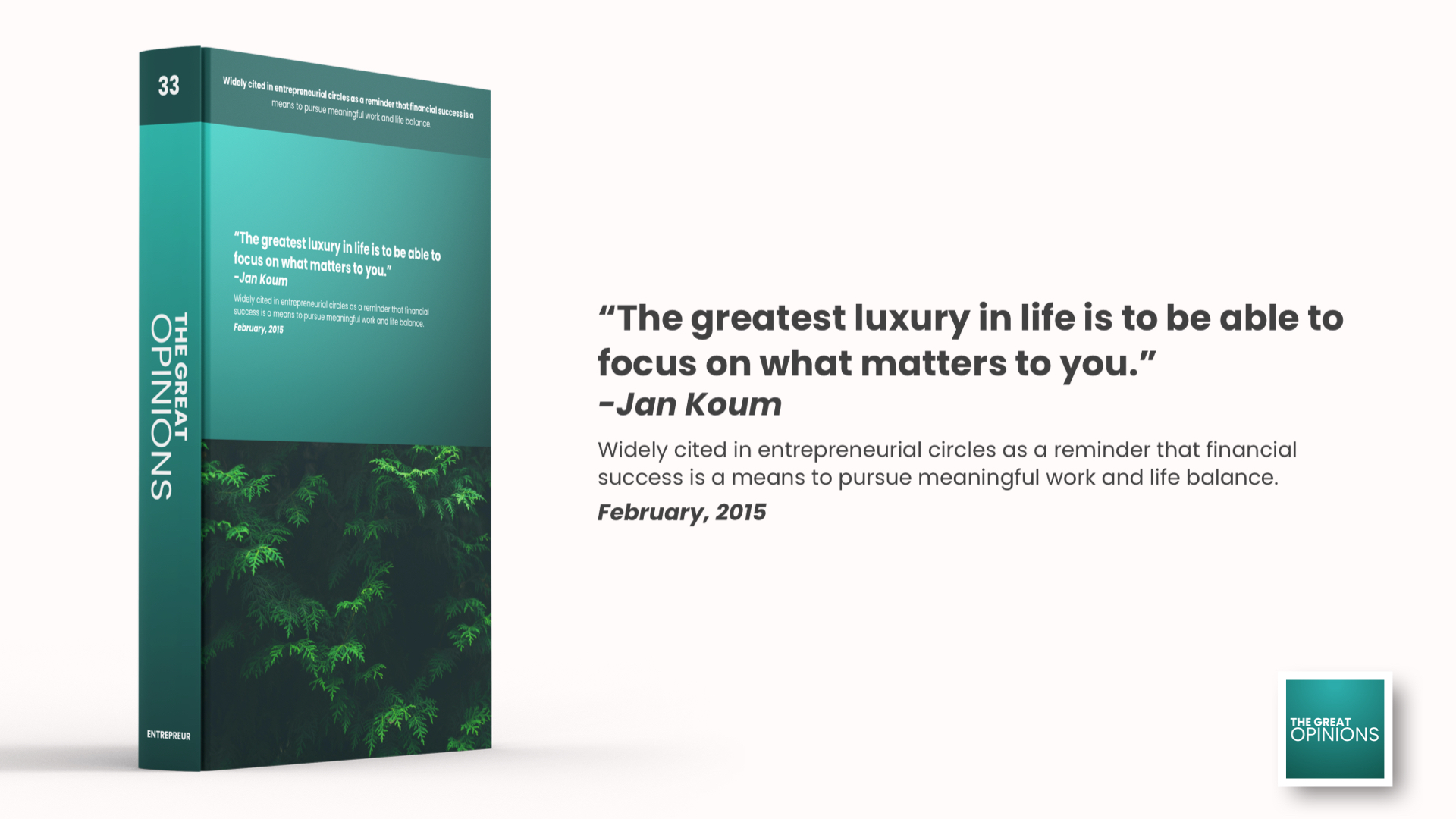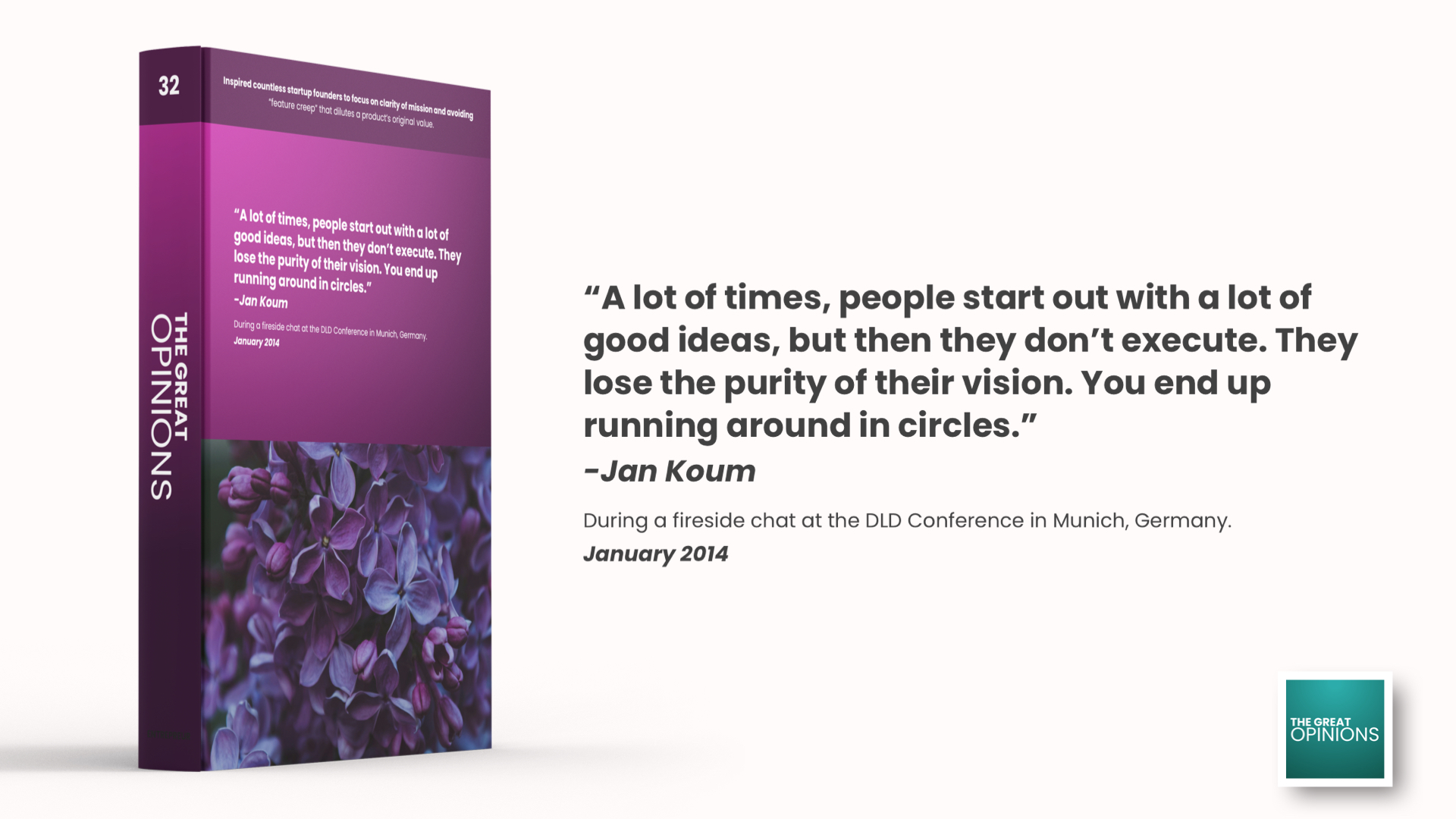From a 16-Year-Old Diamond Trader to India’s 3rd Richest Person
Carmichael Mine – Resilience under pressure
The room smelled of ambition. That stale mix of cheap deodorant, coffee breath, and the nervous sweat of kids who think the world is waiting for them. Gautam Adani walked in like he didn’t care if it was or wasn’t. No theatrics. No big man parade. Just a man with enough money to buy the chairs they were sitting on — and the building too — but with eyes that had seen too many nights without sleep to bother with flexing.
He didn’t talk like a corporate monk or some guru in a tailored suit. He talked like a man who’d been burned, built back, and burned again. “Maps,” he said, pausing like he was letting the word rot in the air, “will only take you where someone has already been. If you want to matter, you have to redraw them.”
The kids leaned in, not because he was rich — hell, most of them probably Googled his net worth before the talk — but because he sounded like a man who had paid for every single rupee with blood, doubt, and a little bit of madness. He spoke about deserts that spat in his face until he made them sing with windmills. About marshlands that smelled like rot until they became the beating heart of a nation’s trade. About a slum so big it could swallow a million dreams whole, and how he planned to give it a new spine.
He wasn’t selling them success. He was handing them a shovel and telling them to dig — through comfort, through fear, through whatever clean little plans they thought they had. And in that ugly, beautiful mess of digging, maybe they’d find the one thing worth more than money: a reason to keep going when the maps end.
| Topic | Details |
| Who is Gautam Adani? | Indian billionaire industrialist, Chairman of the Adani Group; ranked among the world’s richest people and known for infrastructure, energy, and logistics ventures. |
| Education | Left college in his second year to work in Mumbai’s diamond industry; self-made entrepreneur with no formal business degree. |
| Famous Quote | “Not just follow maps, but redraw them.” |
| Where It Was Said | Address to students at the Indian Institute of Management (IIM) Lucknow. |
| Date of Quote | January 18, 2025. |
| Occasion/Setting | Keynote speech during a leadership and entrepreneurship event at IIM Lucknow. |
| Witnesses | Hundreds of IIM Lucknow students, faculty, media representatives, and business leaders. |
| Why It Matters | The quote symbolizes Adani’s philosophy of breaking conventional paths and creating transformative projects that redefine industries. |
| Published By | Republic World, MSN, Business Today, and other major Indian news platforms. |
| Impact | Inspired a new wave of entrepreneurial thinking among India’s youth; widely circulated as a motivational message for leadership and innovation. |
Not Just Follow Maps, But Redraw Them – Gautam Adani’s Billion-Dollar Compass
It was a crisp February morning in Lucknow. The lawns of the Indian Institute of Management shimmered in the winter sun, and the air buzzed with anticipation. In the packed auditorium, a sea of young faces leaned forward, notebooks ready, phones poised. They weren’t here for just another guest lecture — they were here to hear from Gautam Adani, a man whose name has become synonymous with Money, ambition, and India’s transformation on the global stage.
He took the stage without fanfare, dressed in his signature navy suit, his eyes scanning the crowd as though weighing the futures seated before him. Then, without preamble, he dropped a sentence that would echo far beyond the campus gates:
“Not just follow maps, but redraw them.”
It wasn’t a throwaway line. It was a distillation of a life that had navigated far from conventional roads.
The Messy Beginning
Before the headlines of Gautam Adani world 3rd richest person, before the jaw-dropping Gautam Adani global ranking updates, there was a teenager from Ahmedabad with little more than restless energy and an eye for opportunity. Adani didn’t have the Gautam Adani education background one might expect from a billionaire. He dropped out of college, choosing instead to plunge into the diamond market of Mumbai at just 16.
He often describes those early days as “messy” — unpredictable deals, razor-thin margins, and long nights under flickering tube lights in cramped market lanes. But in the mess, he found something precious: a compass. Not the kind that pointed north, but one that pointed toward his instincts.
Drawing the First New Map – Mundra Port
Years later, in the early 1990s, he looked at a marshland on the Gujarat coast and saw not mud and mangroves, but India’s gateway to the world. Everyone else saw logistical nightmares and bureaucratic roadblocks. Adani saw Money in motion — containers, ships, and trade routes that could redefine India’s place in global commerce.
Mundra Port was born not because there was a map, but because Adani drew one. Today, it stands as India’s largest commercial port, a vital artery for the country’s economy.
Money, Risk, and the Carmichael Mine
“Maps will only take you where someone has already been,” Adani told the IIM Lucknow audience. The Carmichael Mine in Australia proved that. Faced with global protests, financing hurdles, and media backlash, the project looked doomed. But Adani reframed it: it wasn’t about coal, it was about resilience.
By 2025, as Gautam Adani one day income 2025 became a fascination for business journalists, the Carmichael Mine stood as proof that conviction can be worth more than the safest bet in the ledger.
Redrawing the Desert – Khavda Renewable Energy Park
In the barren Rann of Kutch, most saw only cracked earth and relentless sun. Adani saw the chance to create the world’s largest single-site renewable energy facility. “Barren is not what is dry,” he told the crowd. “Barren is where no dream is sown.”
Billions of dollars, endless permits, and hundreds of engineers later, the Khavda Renewable Energy Park began feeding clean power into India’s grid, reinforcing his message: the future of Money lies not just in exploiting resources, but in sustaining them.
Dharavi – The Map of Conscience
If Khavda was about the environment, Dharavi was about the human spirit. “Every time I fly to Mumbai,” he confessed, “the slums below disturb my conscience. No nation can truly rise when so many live without dignity.”
Others called it unmanageable, political suicide. Adani called it necessary. The Dharavi Redevelopment Project wasn’t just about building apartments. It was about rebuilding dignity for over a million people who had built Mumbai’s wealth without sharing in it.
Here, Money was not just capital; it was moral currency.
Lessons for the Next Billionaires
Adani’s message to the IIM students was deceptively simple: the future is messy, uncertain, and brutal. But in the chaos lies creation. The next Gautam Adani motivation story will come from someone willing to question the canvas itself.
“Character over cynicism. Contribution over convenience. Courage over comfort,” he said, letting each word hang in the air.
He reminded them that the India of 2050 would not just be a $25 trillion economy; it would be a playground for those willing to redraw maps.
The Seed-to-Blast Philosophy
Adani’s journey embodies what entrepreneurs call the seed-to-blast arc: plant the vision, nurture it through storms, then scale it until it changes the landscape. From his Gautam Adani from which state roots in Gujarat to his Gautam Adani new net worth headlines in 2025, the constant has been his refusal to color inside the lines.
The seed was a teenager’s restlessness in Mumbai’s diamond market. The blast was a global empire spanning ports, power, logistics, and infrastructure — an empire worth billions, but measured, in his view, by its impact.
Why His Words Matter Now
In an era where Money chases the quickest return, Adani’s speech reminded India’s future leaders that wealth is not the endgame. It is the tool. Maps are not blueprints; they are invitations to explore beyond known borders.
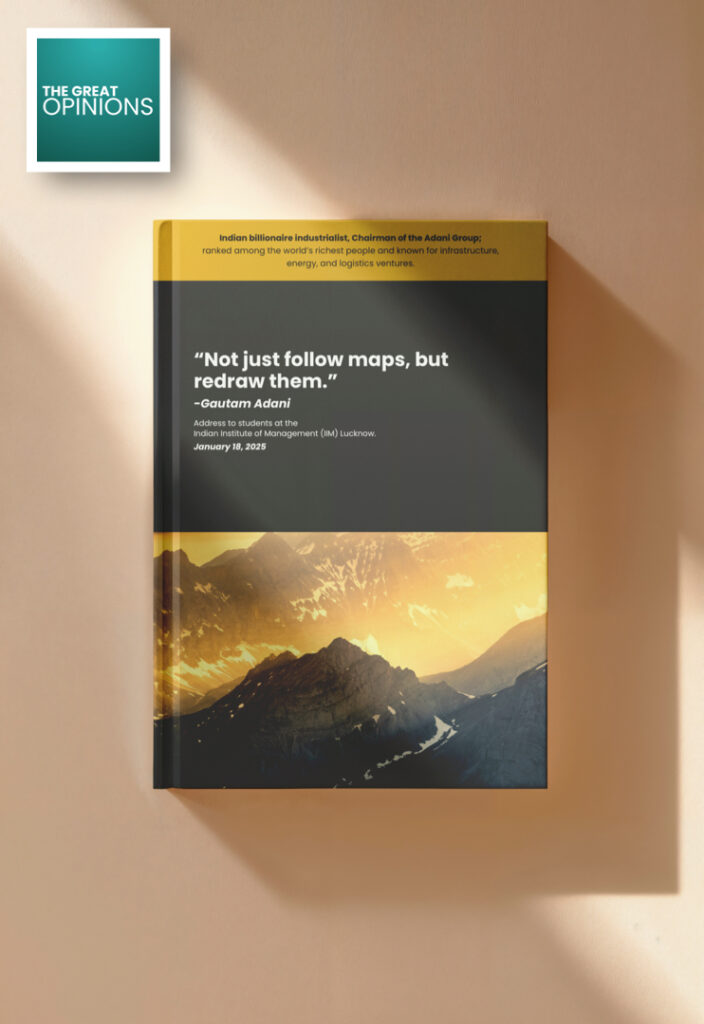
As the applause thundered through the IIM Lucknow hall, students weren’t just hearing a billionaire’s success story. They were being handed a compass. One that points not just to profit, but to purpose.
The auditorium at IIM Lucknow was packed to the last seat. Students, faculty, and a few industry guests leaned forward as Gautam Adani, the man whose name had become synonymous with ambition and scale, walked to the podium. There was no fanfare in his step, only the quiet weight of a man who had spent decades rewriting the economic geography of a nation. He began without preamble, his voice steady but carrying an undertone of urgency. “The future,” he said, “never unfolds as neatly as it appears in classrooms. It is messy, uncertain, and brutal. You must be ready not just to follow maps, but to redraw them.”
In that moment, the room fell into a silence thick with attention. The students knew they were not about to hear a rehearsed corporate speech, but the distilled essence of lived experience. Adani took them back to 1978, when he was just a 16-year-old boy who left Ahmedabad for Mumbai with little more than a restless determination. He entered the chaotic world of the diamond trade — a teenager learning the ropes in the backrooms of Zaveri Bazaar. Those early years, he admitted, were not glamorous. They were a daily education in reading people, sensing opportunity, and surviving in an environment where the stakes were measured in carats and credibility. It was there, long before his business empire took shape, that the seeds of his conviction were sown.
Conviction became the compass he would carry into every venture. He spoke of Mundra Port — once just marshland on the map, a place most people dismissed as unfit for anything significant. “Maps will only take you where someone has already been,” he told them. “To build something truly new, you need a compass — and mine was conviction.” Today, Mundra stands as India’s largest commercial port, a physical monument to the idea that the improbable can be engineered into reality.
He did not shy away from the storms. The Carmichael coal mine in Australia was a battle on multiple fronts — protests from environmental groups, financing hurdles, political opposition. “The Carmichael project stands not as a monument to coal,” he said, “but to our resilience.” The lesson was unmistakable: leadership was not about steering a smooth ship in calm waters, but about keeping it afloat when the waves threatened to break it apart.
The audience shifted when he spoke of the Khavda Renewable Energy Park. A desert, once thought inhospitable, was being transformed into the world’s largest single-site renewable energy facility. For Adani, it wasn’t just a renewable energy project — it was a declaration. “Barren is not what is dry,” he said. “Barren is where no dream is sown.”
Then his tone shifted, and the room leaned in closer. Dharavi, Asia’s largest slum, was not a commercial venture in the traditional sense. “Every time I fly to Mumbai, the slums below disturb my conscience,” he told them. “No nation can truly rise when so many of its people live without dignity.” Many had advised against the project, calling it political suicide, a logistical nightmare. But for Adani, that was precisely why it needed to be done. Redeveloping Dharavi, he said, was not about bricks and mortar, but about rebuilding dignity for over a million people who had helped build Mumbai but had never benefited from its prosperity.
From these stories emerged a pattern — a refusal to be limited by conventional paths, and a belief that leadership is about creating the road where none exists. He told the students that India was at an inflection point, standing on the strength of its demographics, demand, digital infrastructure, and domestic capital. The horizon, he said, was not just a five- or ten-trillion-dollar economy. “You will be looking at an India that would be a $25-trillion powerhouse by 2050.”
His closing words were less an ending than a handover. “Be creators, not just consumers. Question the canvas itself. Let your journey prove that dreams born on Indian soil can shape the world. Go. Build. Lead. Roar. India is calling you. It is not a question to be solved — it is the answer the world is waiting for.” The applause that followed was not the polite kind, but the kind that comes from being moved, challenged, and, in some way, called to action.
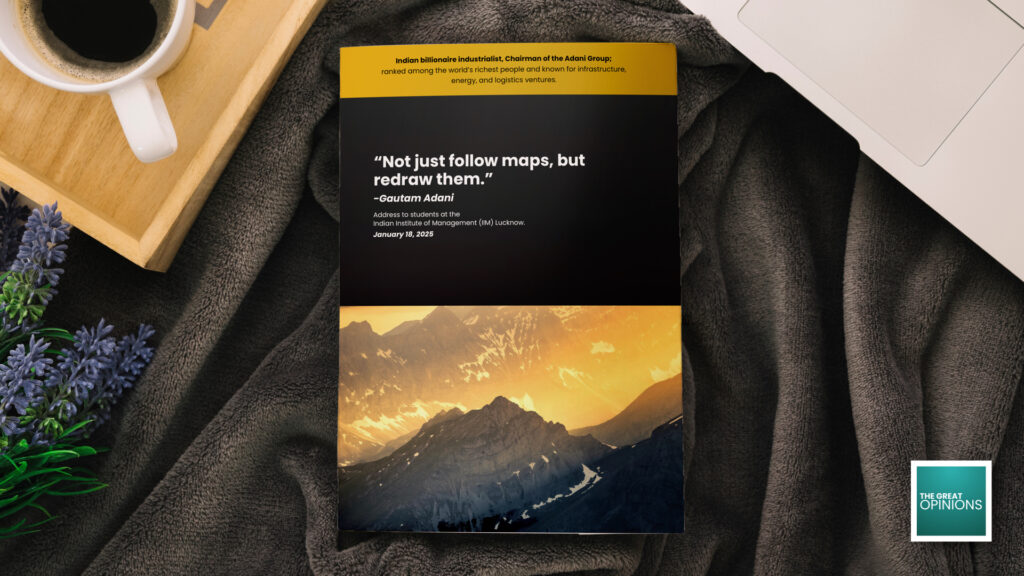
In that hall, among the bright-eyed future leaders, the message was clear: courage over comfort, contribution over convenience, character over cynicism. For Gautam Adani, the maps had never been enough — and for those who listened, perhaps the next great paths would be drawn from their own conviction.



